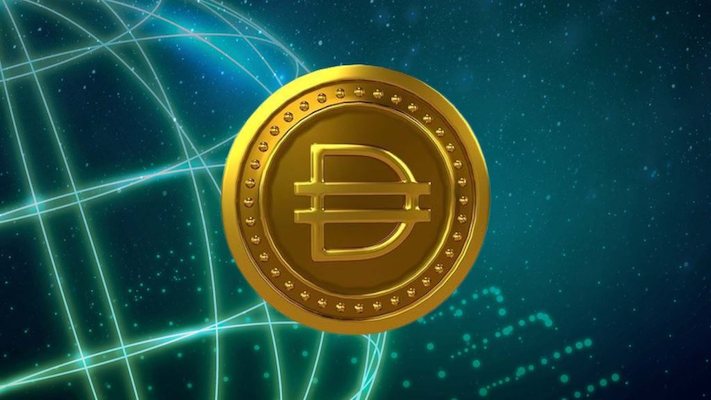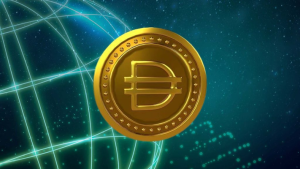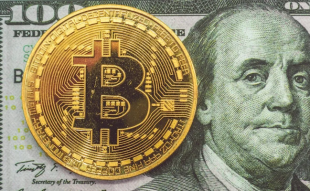Join Our Telegram channel to stay up to date on breaking news coverage
On March 11, the organization completed the bonding curve setting the exchange rate between its namesake (GHST) and the DAI (DAI) U.S. dollar-pegged stablecoin, in accordance with the play-to-earn nonfungible tokens (NFT) protocol Aavegotchi.
The DAI stablecoin depegged on that same day as a result of the continued destabilization of the Dollar Coin, which was brought on by $3.3 billion in stalled stablecoin collateral deposits owing to its issuer Circle by the long-gone Silicon Valley Bank.
More than two years, the GHST price was supported by the DAI stablecoin
Nigel Carlos, CMO of Pixelcraft Studios, revealed in a message that the community decided to stop a 2.5-year contract sale of its native GHST token and “derisk from DAI.” The base currency and governance token for the Aavegotchi ecosystem, GHST, which has a market cap above $76.6 million and a total supply of 54.6 million, was minted and burned using liquidity provided by a smart contract (bonding curve), according to Carlos. This had DAI Treasury in the smart contract and was connected to DAI.
The $33 million DAI tokens that were used to mint GHST in the contract are “intended to go toward growing the gaming protocol’s ecosystem,” claims Carlos, who also claims that GHST is now a fixed supply token. The GHST token is referred as as a “access ticket” into the Aavegotchi game, where users can use it to pay for NFT portals, wearables, consumables, stake to earn rewards, or take part in DAO governance. On September 14, 2020, the Aavegotchi bonding curve was established with an initial price of 0.2 DAI per GHST.
The bonding curve smart contract, powered by Aragon, ensures that new GHST tokens are created when consumers buy GHST using DAI and vice versa. GHST has a greater market cap than its DAI reserve because to the fact that after the first buyer of a GHST token, each additional buyer will have to pay a little higher price for each token.
A total of 30.3 million DAI were given to the system in what was basically a multi-year token sale. Developers first suggested in January that the DAI funds be split 20/40/40 between the Aavegotchi DAO, its parent Pixelcraft Studios, and the protocol liquidity.
The bond curve has been eliminated, making the GHST exchange rate free-floating and independent of DAI. At the time of publication, the token’s price had dropped to $1.12 per token, an 18.09% decrease over the previous 24 hours. In the meantime, the cost of one DAI stablecoin dropped 6.76% in the previous day to $0.9314. The DAI depegging incident caused a meaningful loss to the token sale revenues even though they were no longer linked.
I completely anticipate that after this shitstorm is over, every piece in the mainstream cryptocurrency news will discuss how @aavegotchi managed to shut the $GHST bonding curve on the SAME DAY OF DAI’S DEPEG.
Holy crap what a tale!
WHAT’S GOING ON WITH $GHST AND $DAI
a thread https://t.co/gYtgw20jz9
— coderdan.eth | aavegotchi 👻💊 (@coderdannn) March 11, 2023
Related
- Best DAO Crypto Projects to Invest In
- MakerDAO Co-Founder Wants A Free-Floating Dai To Improve Securirty
- Best Staking Platforms and Best Coins to Stake
Join Our Telegram channel to stay up to date on breaking news coverage


